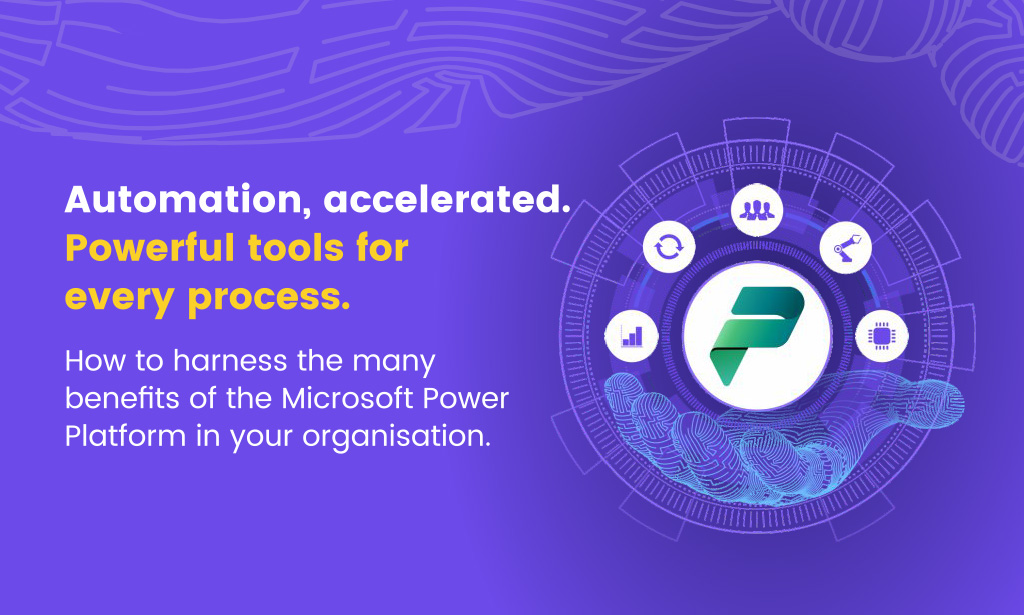
We don’t need to tell you twice, that accounting firms must remain agile. Nothing ever stays the same for too long, because the laws and regulations are always changing.
Keeping up with all the requirements specific within your specific industry plus evolving as a business in the modern world (especially during a pandemic) is costly. Everyone is looking for ways to increase profitability within the accounting industry.
Let’s take a look at some ideas from automation experts:
Remove work (or processes) that are causing bottlenecks
Bottlenecks cause disruption and stress. They also limit your deliverables and your profitability.
Bottlenecks can be a certain day, a single person, a team, a process, a type of work or a tool. Anything that causes a blockage and then results in overdue tasks. So often it’s the case that a bottleneck will not be identified until it’s already happened and a business has lost out on money.
To make your accounting firm more profitable, take advantage of workflow or project management software. This will ensure you can delegate and assign tasks. However, they can also support you in identifying future bottlenecks, as you can set capacity levels for teams, individuals, days and weeks. A manager can then be notified when a specific element is over capacity and likely to cause an issue.
Workflow tools feature dashboards which make reporting and one-look analysis simpler than ever before.
Remove manual and repetitive work
Repetitive, manual tasks sometimes cannot be avoided. They also cause a lot of employee dissatisfaction and inefficiencies.
The good news is that these are often the easiest tasks to automate.
Robotic process automation can take these off your hands. Anything that is rule-based, repetitive or has a defined trigger (i.e. once X is completed, the robot will complete Y) to work. In the accounting industry, this can help with something like expenses. Tools can be installed to scan receipts and reconcile them into dashboards or expense reports. Automation can also help with invoicing, payroll and so much more within the day to day running of any business.
Speed up communication (without missing anything)
Accounting involves so much client communication and letter writing. Unfortunately, when times get busy, communication is often the thing that gets overlooked. But it devalues relationships with customers and risks your retention rates. Ultimately, it can make your business less profitable.
Document automation technology can be implemented to free up time but also strengthen your consistency. As with robotic process automation for manual tasks, software can be implemented to send standardised letters when prompted by another action.
For example, when a client is onboarding with you and you create a new profile in your CRM, workflow and document automation technology can send an email informing the client of all the information they’ll need to share with you. Once this is received and noted in the CRM, another email can be sent to the client to confirm. Alternatively, you can send out payment prompts to clients when an invoice hasn’t been received.
This drives efficiency for your business but also guarantees accuracy. Technology can strengthen your relationships and help your business profit and thrive.
Consolidate data & software
So far throughout this article, we’ve been recommending tools and software that can help you.
Before you get started with any of this, it’s worth identifying all your current software. How much of it do you actually use?
In your industry, there are so many legacy tools that become outdated and slow you down – but they also become obsolete. Newer, better and automated tools can take over. Also, customising elements such as your CRM software, for example, may mean that you can get rid of another tool. Essentially, you may be doubling up on certain functionalities without even knowing it. Auditing and removing these will help to bring down your monthly overheads, increasing profitability for your accounting company.
We can safely conclude, the best way to keep up and improve your bottom line is to take advantage of technology.
Technology doesn’t just mean installing software. Implement the technology that allows you to make real change and re-engineer time-consuming processes.
If time is money and these automations can speed up the work you do, you’re earning back your money. Ultimately, increasing the profitability of your accounting company.
For more information about automation or improving your business’ profitability, get in touch with Jaam. We’re great at what we do and we’d love to talk to you about what you do.




